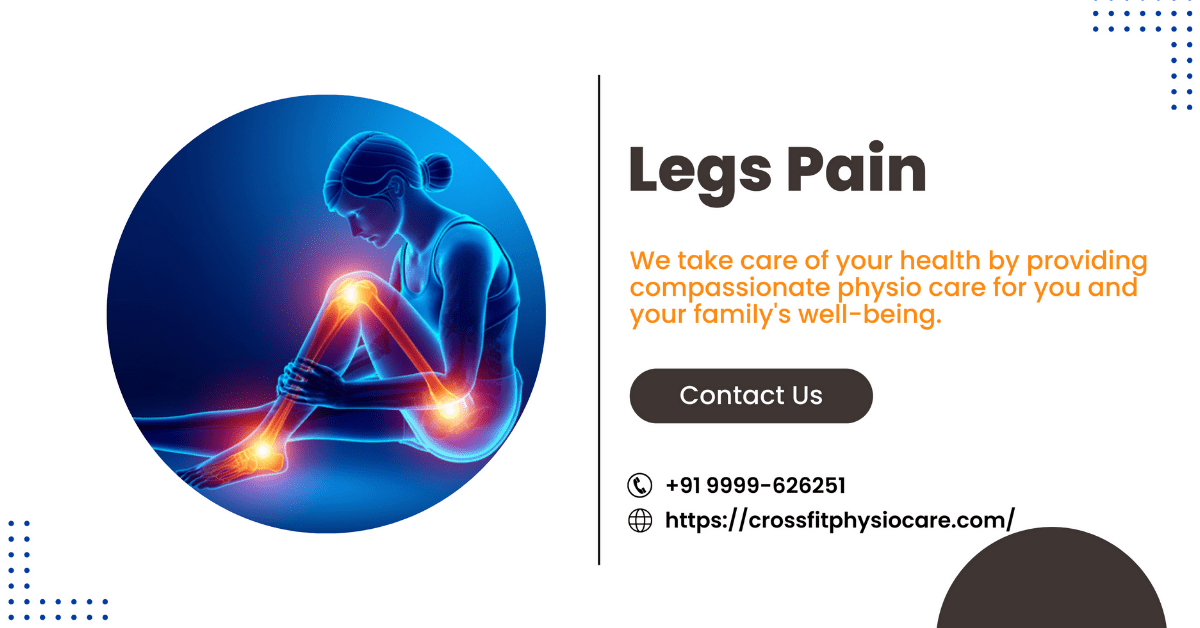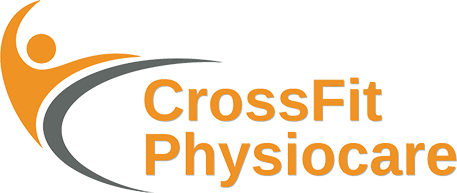
Legs Pain
Leg pain can arise from a variety of causes, ranging from overuse or muscle strain to more serious underlying conditions. The location, type, and intensity of the pain can provide clues to its cause.
Common causes of leg pain:
Muscle Strain or Overuse: Overexertion, improper stretching, or repetitive movements can lead to muscle strain, resulting in localized leg pain.
Muscle Cramps: Sudden, painful muscle contractions can occur due to dehydration, electrolyte imbalances, or muscle fatigue.
Sprains and Ligament Injuries: Ligaments, which connect bones, can become stretched or torn, causing pain and swelling.
Shin Splints: Pain along the front of the lower leg can be caused by inflammation of the muscles, tendons, and bone tissue.
Stress Fractures: Tiny cracks in the bones due to overuse or repetitive impact can cause localized pain.
Peripheral Arterial Disease (PAD): Reduced blood flow to the legs due to narrowed arteries can lead to pain, cramping, or fatigue during walking or other activities.
Deep Vein Thrombosis (DVT): Blood clot formation in a deep vein, usually in the leg, can cause pain, swelling, and warmth.
Sciatica: Compression of the sciatic nerve can cause pain that radiates from the lower back down the leg.
Osteoarthritis: Degeneration of joint cartilage can result in pain, stiffness, and limited mobility in the knee or hip joints.
Musculoskeletal Injuries: Injuries such as fractures, dislocations, or contusions can cause acute leg pain.
Nerve Compression: Nerves in the leg can be compressed, leading to pain, numbness, and tingling.
When to Seek Medical Attention:
Severe Pain: If the pain is severe, sudden, or accompanied by other concerning symptoms.
Swelling or Redness: If your leg is swollen, red, or feels warm to the touch.
Inability to Bear Weight: If you can’t put weight on the leg due to pain or instability.
Numbness or Tingling: If you experience persistent numbness, tingling, or weakness in the leg.
Self-Care Measures:
Rest: Give your legs time to recover if you suspect overuse or strain.
Hydration: Stay adequately hydrated to prevent muscle cramps.
Stretching: Gentle stretching can help improve flexibility and relieve muscle tension.
Cold or Heat Therapy: Applying ice or heat can help reduce pain and inflammation.
Supportive Footwear: Wear comfortable and supportive shoes.
If you’re uncertain about the cause of your leg pain or if it’s causing significant discomfort or interference with daily activities, consider consulting a healthcare provider. A proper diagnosis can help determine the appropriate treatment plan for your specific condition.
- Daani Plaza E-595-596, 4th Floor, Ramphal Chowk Rd, Block E, Sector 7 Dwarka, New Delhi - 110075
- +91 99996 26251
- support@crossfitphysiocare.com
How can we help you?
If you are looking for the best and nearest physiotherapist, then click below to message us on WhatsApp.
